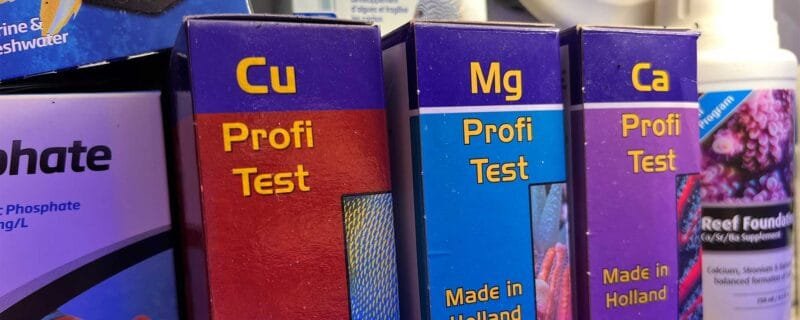pH, or “potential of hydrogen,” is a fundamental water parameter that plays a pivotal role in the well-being of your aquarium’s inhabitants. Ensuring a stable pH level is vital for maintaining a healthy aquatic environment. In this blog post, we’ll explore the significance of pH in your aquarium, why it matters to keep it stable, the factors influencing pH in different bodies of water, and whether fish can thrive in environments with different pH levels from their natural habitat.
Understanding pH
pH is a measure of how acidic or alkaline a solution is and is expressed on a scale ranging from 0 to 14, with 7 being neutral. Solutions with a pH below 7 are considered acidic, while those above 7 are alkaline or basic. In the aquatic world, pH levels have a profound impact on various aspects of water chemistry.
Why pH Stability Matters
Maintaining stable pH levels in your aquarium is crucial for several reasons:
- Fish Health: Many fish species are adapted to specific pH ranges in their natural habitats. Sudden pH fluctuations can stress fish, weaken their immune systems, and lead to illness or even death.
- Biological Functions: pH affects the effectiveness of biological processes in your aquarium, such as the nitrogen cycle. Fluctuating pH levels can disrupt these processes, potentially leading to ammonia and nitrite spikes.
- Chemical Reactions: pH influences the solubility and availability of essential nutrients and minerals in the water. Unstable pH can lead to deficiencies in vital elements like calcium, which can affect fish and coral health.
Factors Influencing pH
Different bodies of water can have varying pH levels due to a combination of factors, including:
- Local Geology: The composition of rocks and minerals in the area can leach into the water and affect pH. For example, limestone can raise pH, while peat or decaying plant matter can lower it.
- Biological Activity: The presence of aquatic plants, algae, and microorganisms can influence pH through processes like photosynthesis and respiration.
- Human Activity: Pollution, runoff from agricultural areas, and the release of chemicals or organic waste can significantly impact pH levels in water bodies.
Can Fish Adapt to Different pH Levels?
While some fish species are highly adaptable and can tolerate a range of pH values, it’s generally best to maintain pH levels within the species’ preferred range. Sudden or extreme changes in pH can be stressful and detrimental to fish health, particularly for those with specific requirements.
If you are keeping fish from different pH environments in the same tank, it’s essential to strike a balance and choose tankmates that can coexist within a compatible pH range.
Conclusion
In the world of aquarium keeping, pH is not just a number; it’s a critical parameter that affects the health and well-being of your aquatic inhabitants. Regularly monitoring and maintaining stable pH levels is essential for the success of your aquarium. If you’re unsure about the pH requirements of your fish or how to maintain the optimal pH for your aquatic ecosystem, consult with experts and consider referencing resources like FishyFriends.ca for valuable insights and guidance. With the right knowledge and care, you can create a thriving aquatic environment where your fish flourish in the comfort of stable pH levels.






